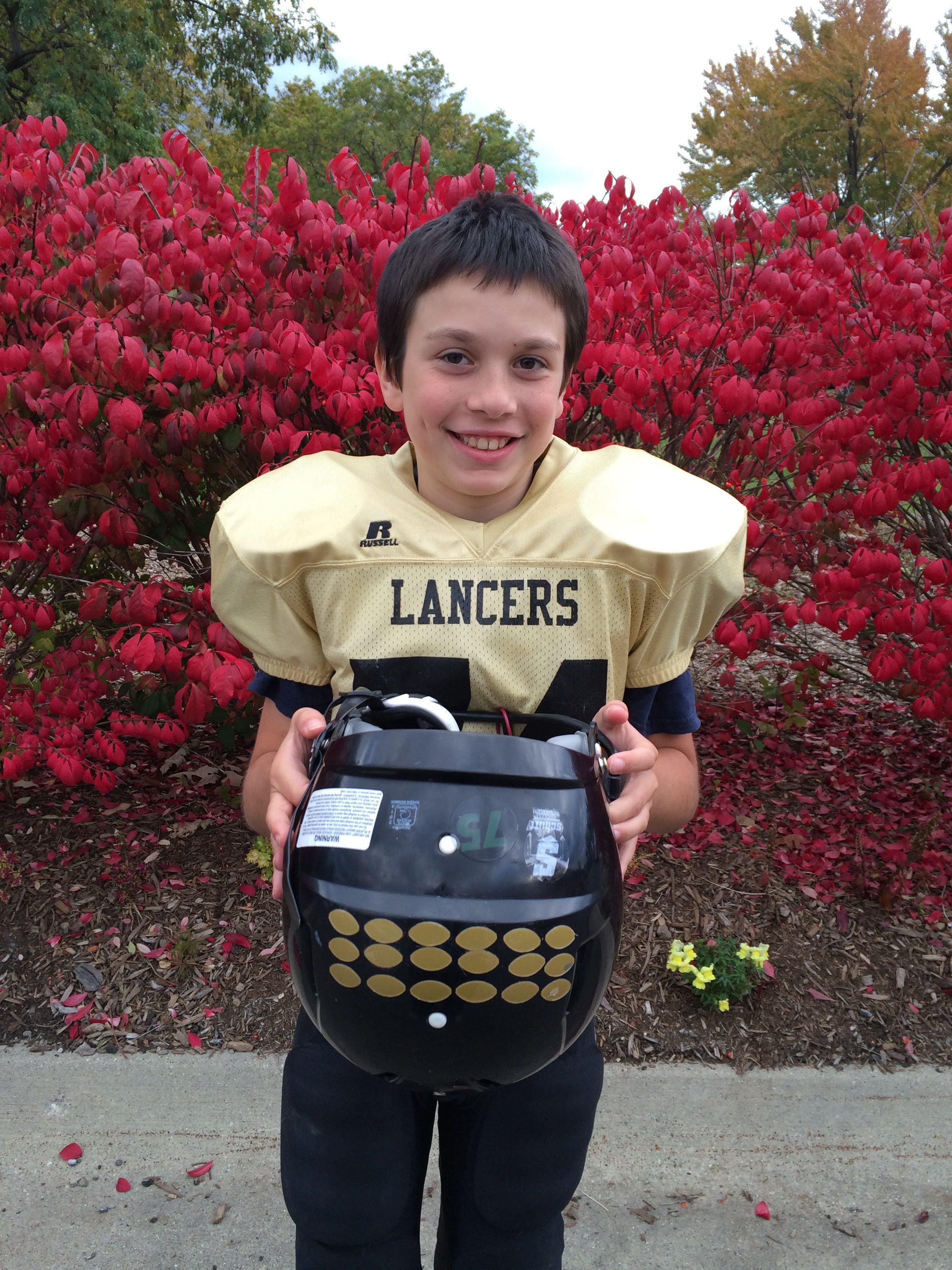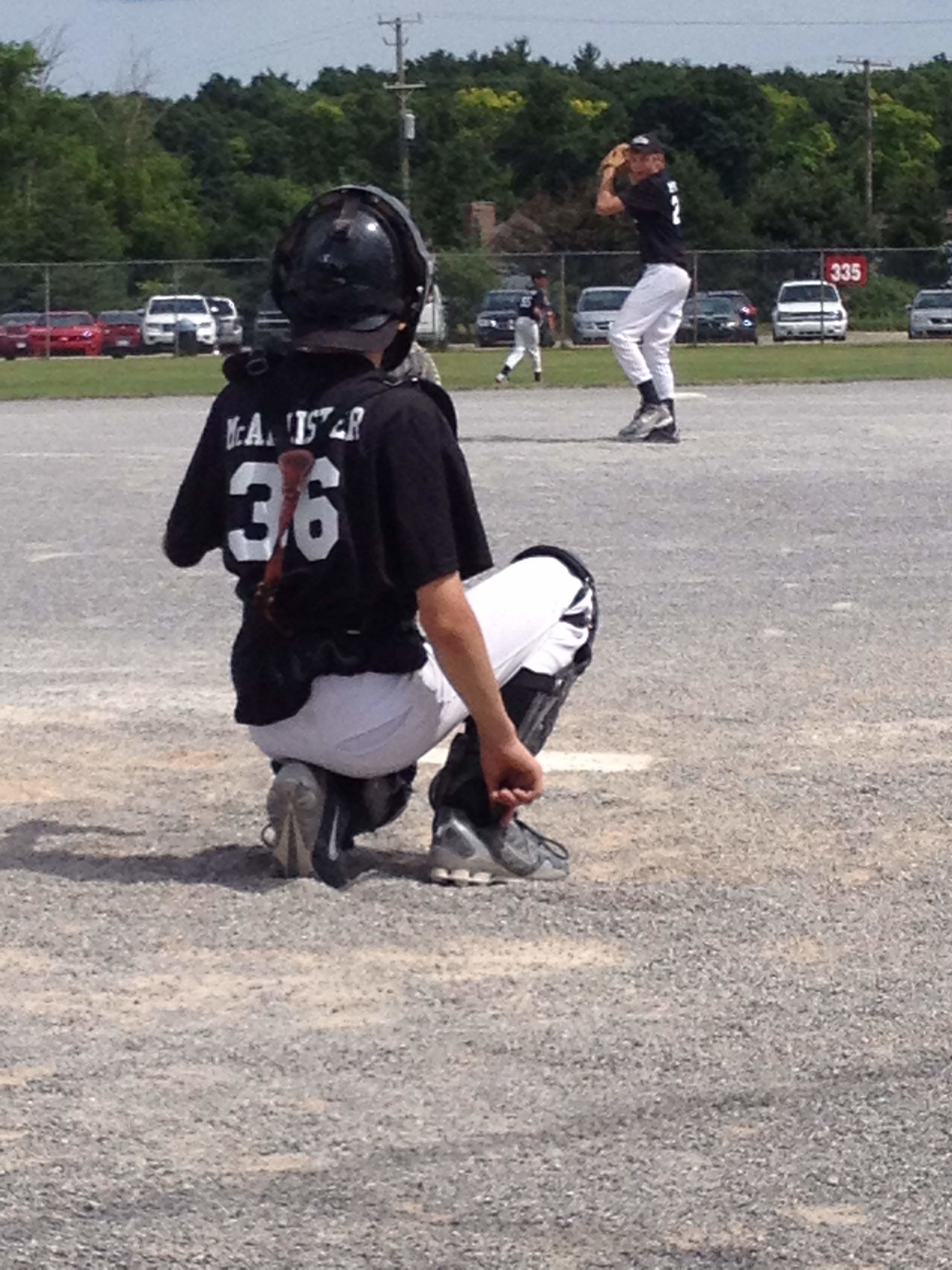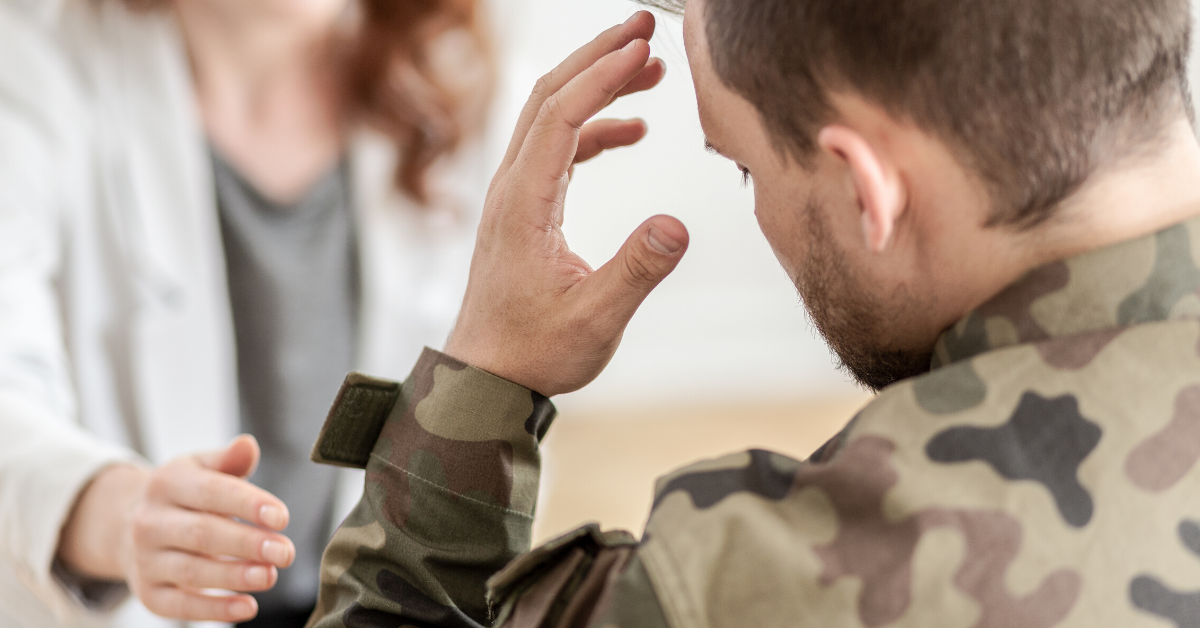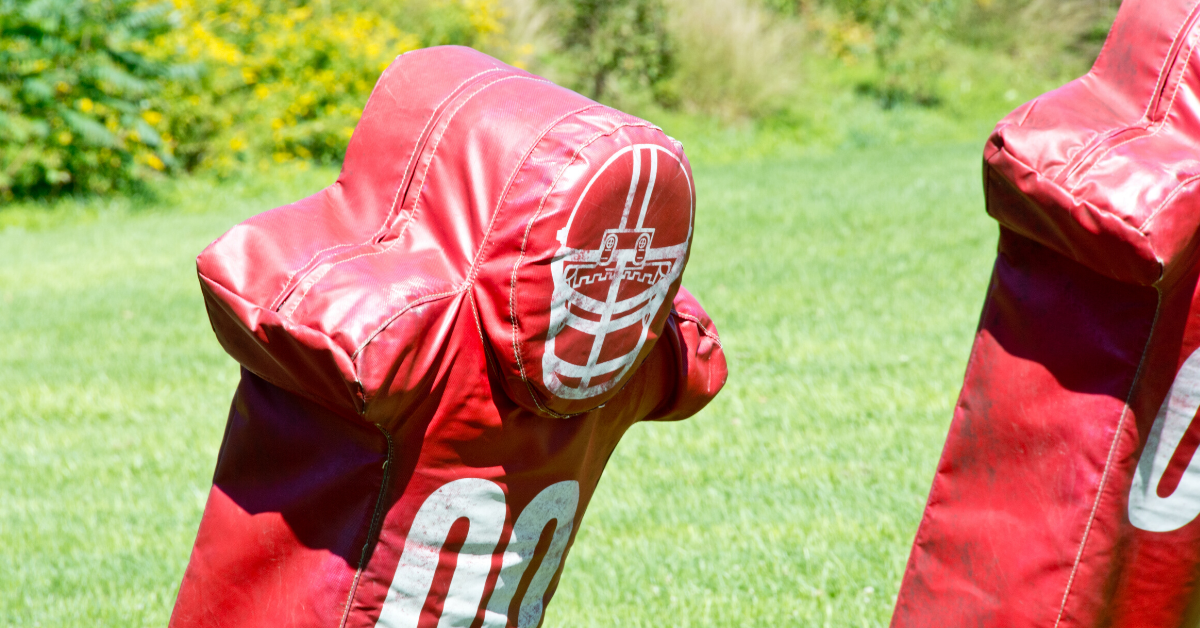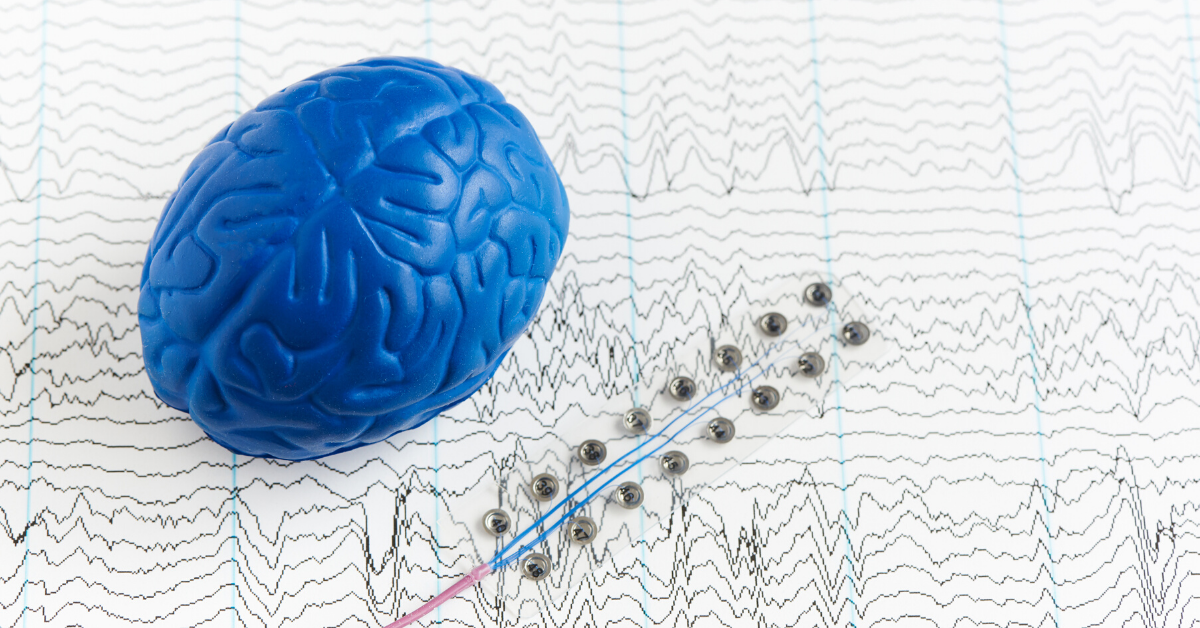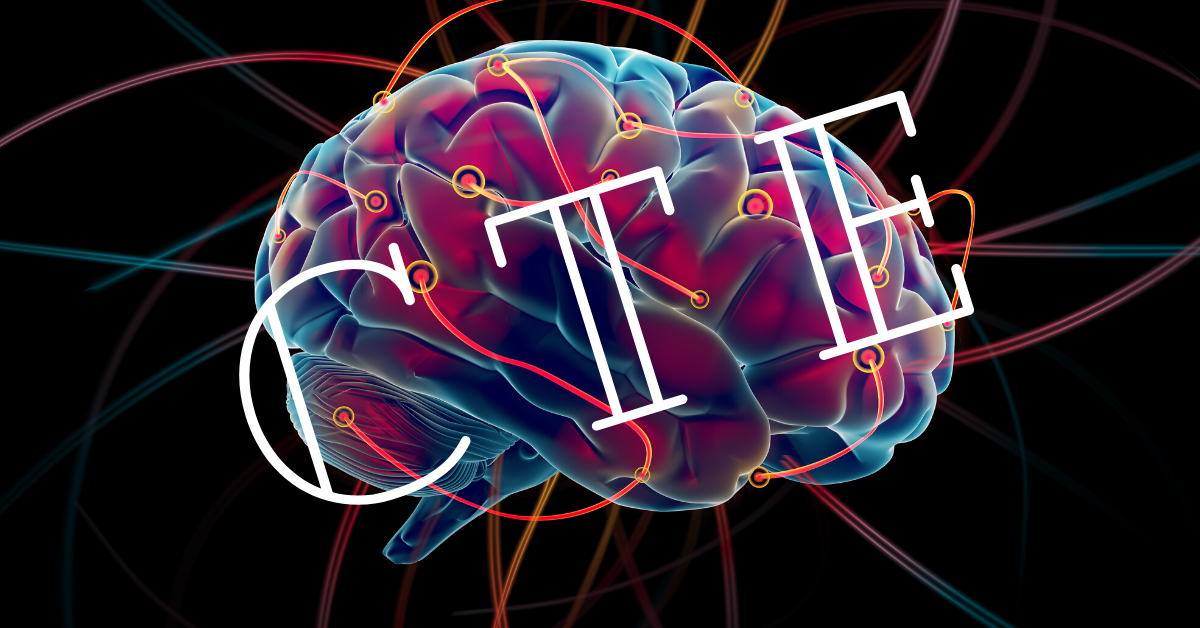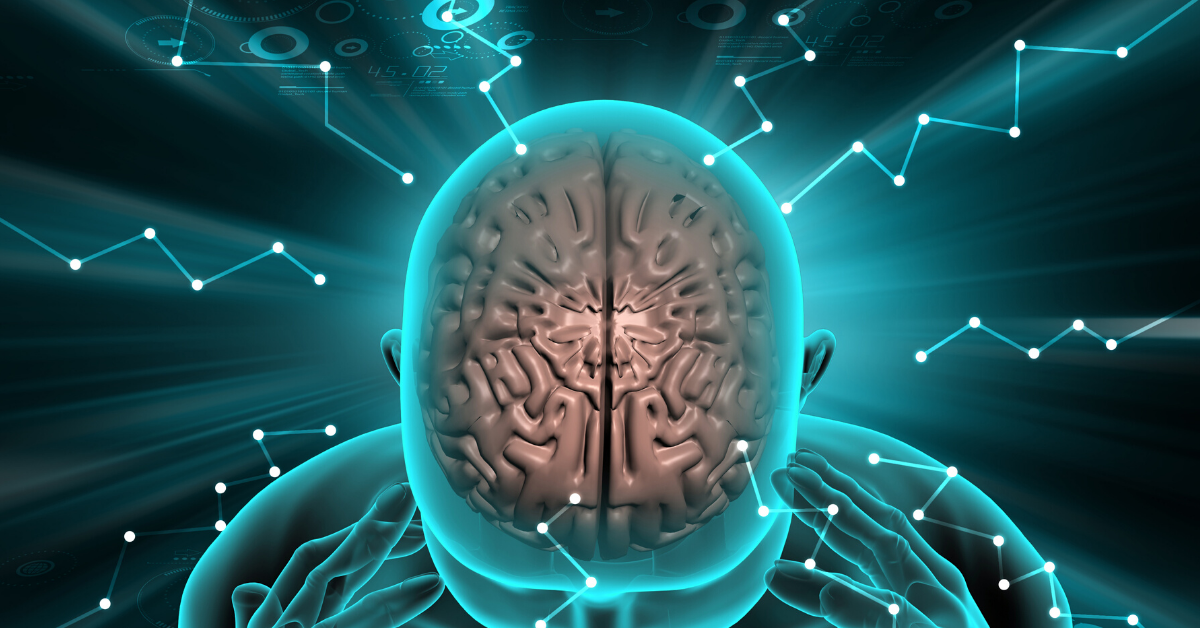Learn More About Concussions
Medical providers may describe a concussion as a “mild” brain injury because concussions are usually not life-threatening. Even so, the effects of a concussion can be serious.
Frequently asked Questions
(FAQ)
Dizziness
Nausea
Headaches
Difficulty remembering
Balance problems
Confusion
Disorientation
Behavior or personality changes
Sensitivity to light
Hearing changes
Sleep problems
Decreased attention
Fatigue
Increased irritability
Vision changes
Sluggish or foggy
How a PT Can Help in the
Concussion Recovery Process
Most adults (75-85%) recover from their concussion within 10-14 days, and for children, the expected recovery time frame is four weeks. However, for patients who are still experiencing symptoms beyond that threshold, seeing a physical therapist may also be warranted. Physical Therapists can provide treatment in the following ways:
Neck rehabilitation
A concussion can result from multiple types of head trauma, and what affects the head usually also affects the neck. We improve cervical and thoracic spine mobility and implement strategies and interventions to decrease discomfort. From manual therapy to progressed therapeutic exercises, PT interventions can help improve neck function.
Eye-tracking rehabilitation
Those affected by a concussion often report difficulty with vision and ability to track objects. If a patient has been examined and there are no cognitive red flags that would warrant a visit to a neurologist, a physical therapist can provide oculomotor exercises in a controlled environment to slowly retrain the individual to be able to tolerate complex moving visual environments.
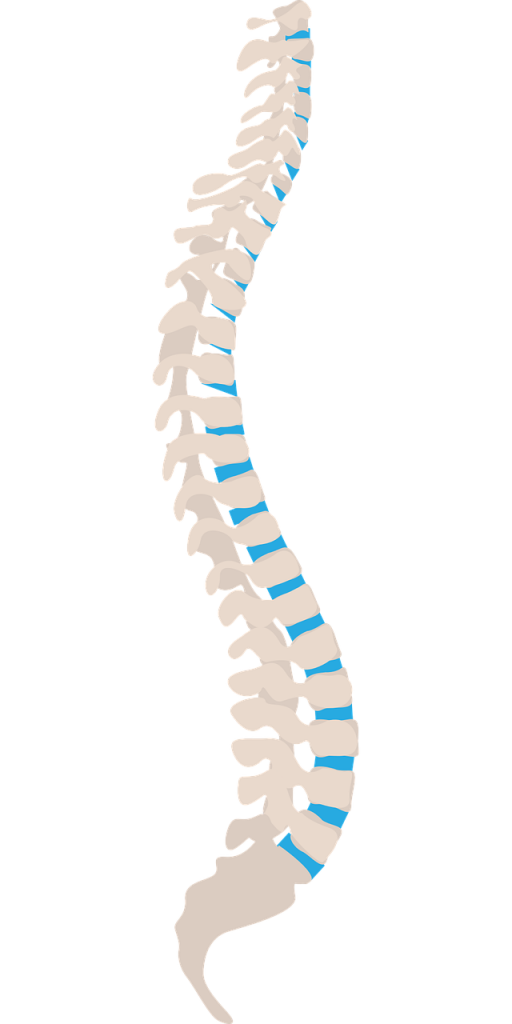
Balance rehabilitation
We specialize in vestibular rehabilitation which can help concussion patients who continue to feel dizzy or off-balance in the days and weeks following their injury. After a thorough evaluation, these PTs can provide you with strategies and exercises to help your vestibular system adapt and move back toward functioning normally.
Graded exercise program
As symptoms ease and you are able to regain your normal strength and endurance without symptoms returning, your physical therapist will help you gradually add normal activities back into your daily routine.
As Physical Therapists,
Our Goals Are To:

Restore function
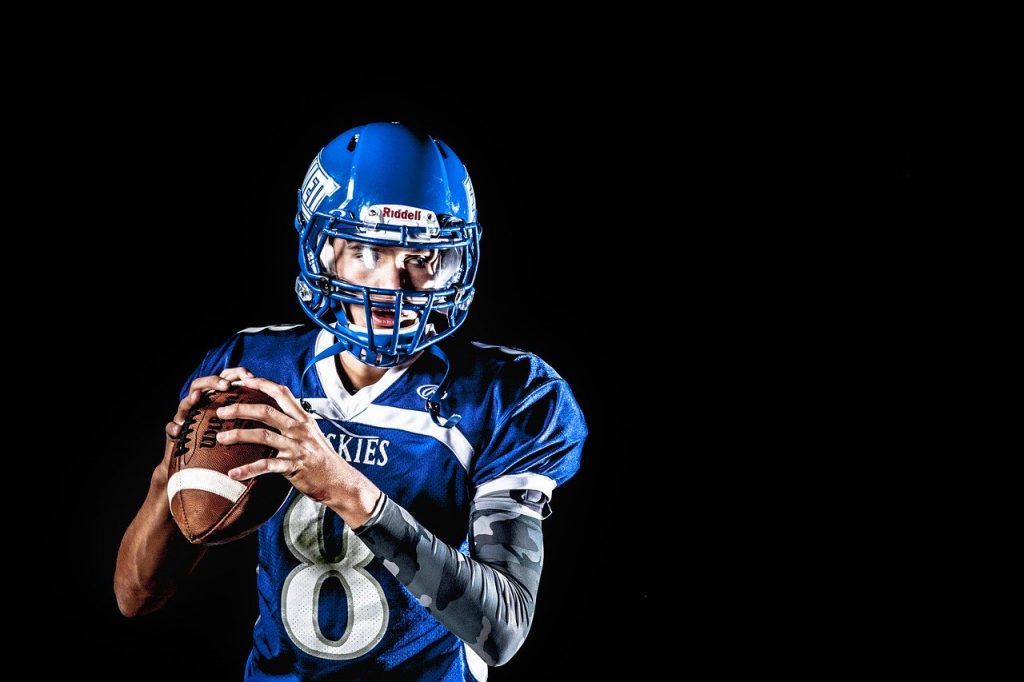
Prevent injury

Optimize performance
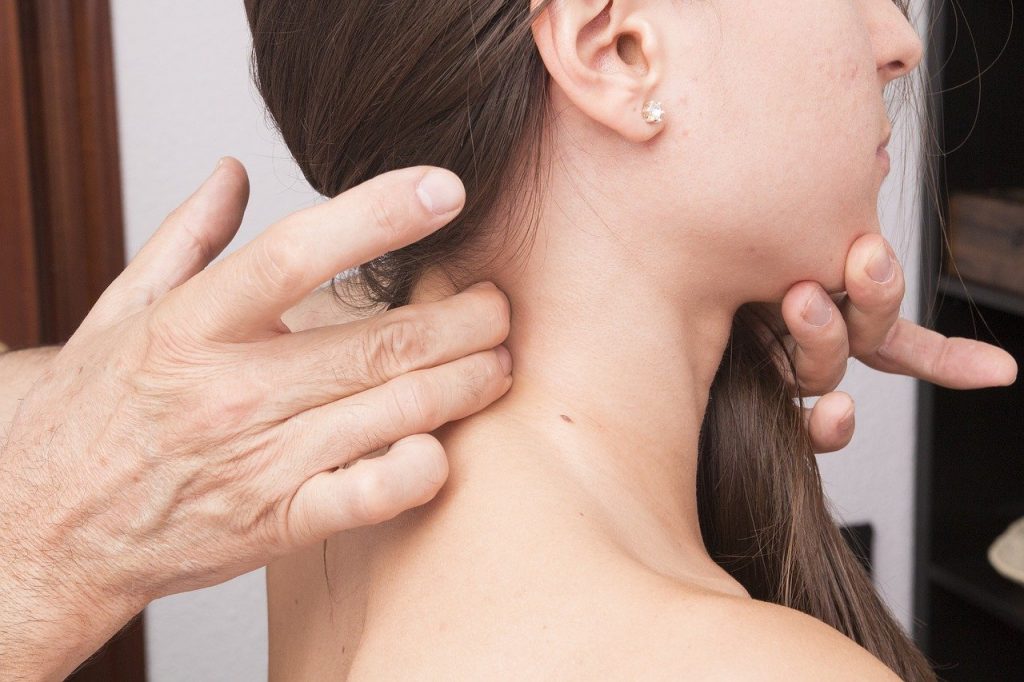
Decrease pain

Increase strength and flexibility
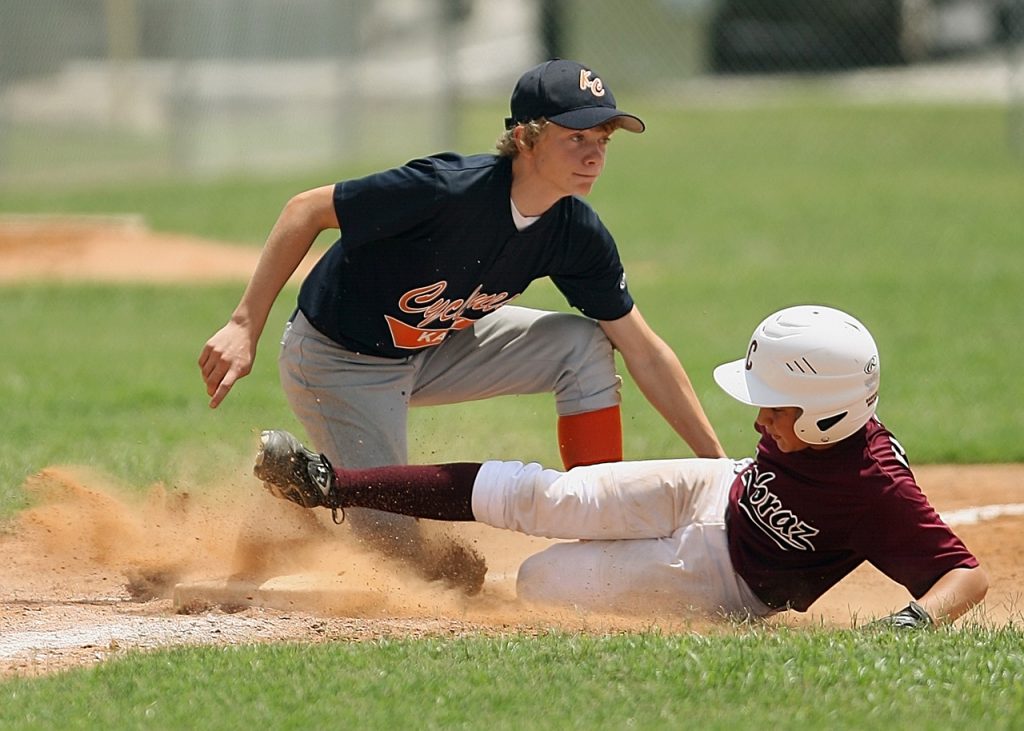
Return to activity
Patient Testimonials
Subscribe
If you like the information above, subscribe! We promise not to spam you or sell your contact information. Occasionally you’ll receive an email with an update, article, or video from our concussion experts. You can always unsubscribe if you don’t find it useful.


